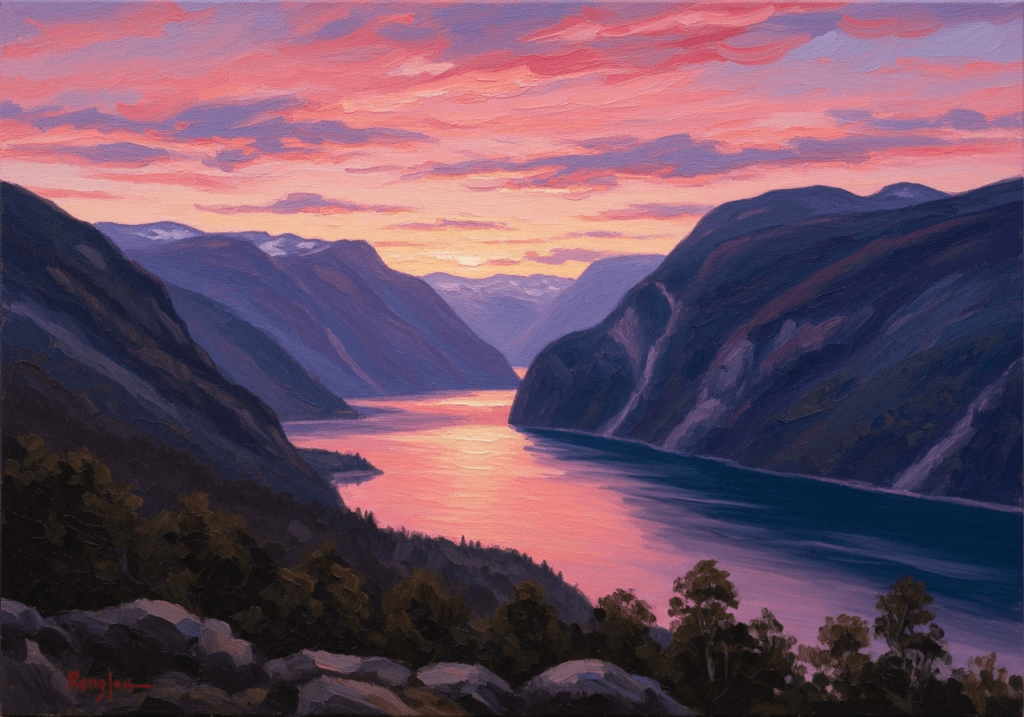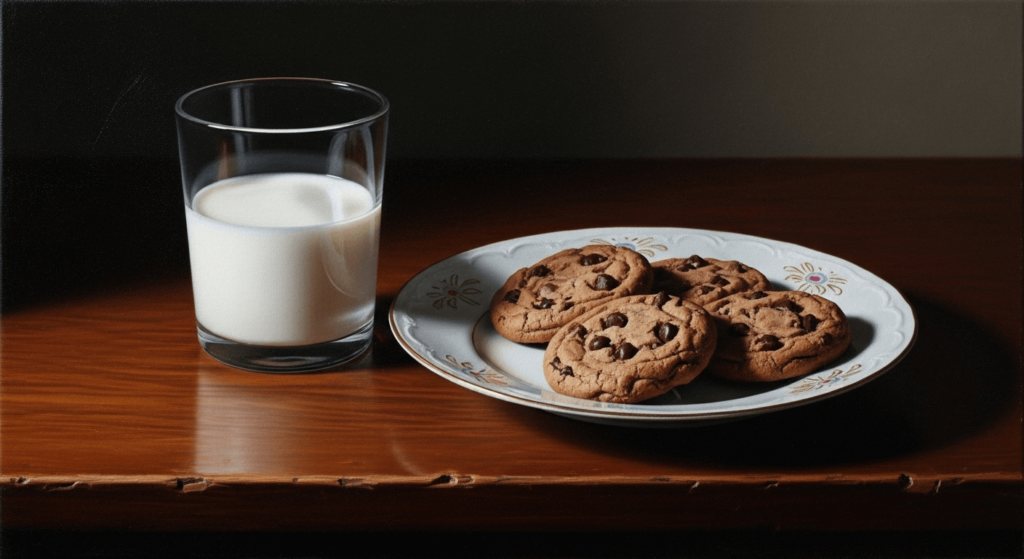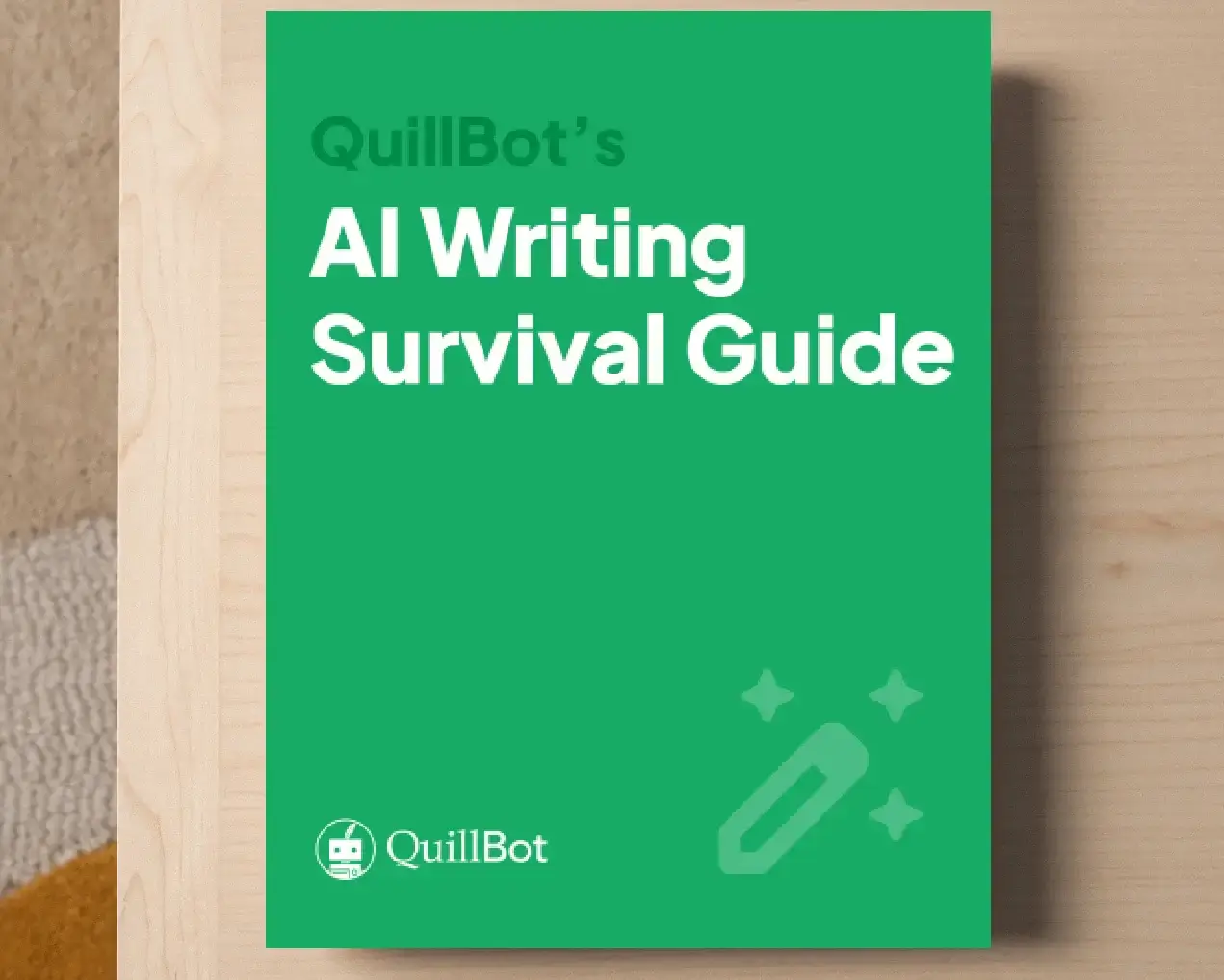Free AI Art Generator | How to Use & Examples
AI art generators are transforming how we create and experience visual art. Whether you’re a designer, content creator, or someone just exploring your creative side, these tools make it easy to produce stunning digital images for use in diverse contexts.
QuillBot’s free AI art generator lets you quickly visualize new ideas, generate concept art, test out textures and lighting, get over creative blocks, and bring your wildest ideas to life.
How to create AI art
Follow these three ideas to start creating AI art.
1. Decide on a subject
Every great image starts with an idea. Before you type your first prompt, think about the subject you want the AI to generate. First decide if your subject will be:
- Figurative, meaning it represents the world realistically (e.g., a tree)
- Abstract, meaning it doesn’t objectively represent the world (e.g., swirls of color)
- A mix of both (e.g., a tree that blends into swirling forms)
Next, think about what your AI art will show. Do you want to create a portrait, a landscape, a fantasy scene, or a still life? Keep narrowing down your subject until you have a clear idea of what you want your AI image to show.
Clearly defining your subject helps the AI understand your intent and produce a more coherent result. For example, “a serene Nordic fjord at sunset” gives far better results than simply writing “nature.”
2. Think about the elements of art
The elements of art—line, shape, form, color, value, texture, and space—are what define how an artwork looks and feels.
When planning your prompt, consider:
- Color: Do you want warm, cool, or contrasting tones? Specific colors?
- Composition: Should the subject be centered, off-balance, or symmetrical?
- Texture and style: Do you prefer realistic details, watercolor softness, or a digital painting finish?
Including these details gives the AI what it needs to create an image that reflects your artistic vision.
3. Write a detailed prompt
Your prompt tells the AI art generator what image you want. The more detailed it is, the better. Include as many details about your subject and the elements of art as you can.
Here’s a quick-reference checklist you can use when writing AI art prompts:
- Subject: what the image should depict (e.g., a Nordic fjord)
- Style: how it should be rendered (e.g., watercolor)
- Lighting: what type of light source to mimic (e.g., dramatic studio lighting)
- Colors: the hues and tones you want (e.g., dark blues)
- Mood: how the image should make people feel (e.g., serene)
- Composition: how the elements of the image are arranged (e.g., triangular)
- Perspective: the view the image is taken from (e.g., wide angle)
Using an AI art generator
Using QuillBot’s AI art generator is easy, especially once you’ve already prepared your prompt. To use the tool to experiment with AI art, follow these three steps:
- Write or paste your prompt into the “input” box.
- Select the style and aspect ratio you’d like the tool to use.
- Generate, review, and iterate.
When reviewing the AI output, analyze what parts of the image meet your expectations and which don’t. For those that don’t, rewrite your prompt, changing it or adding more detail as necessary. You can also play with negative prompts, which tell the tool what not to include.
Output 1:
Prompt 2: Create a still life of a glass of milk and a plate of cookies on an old wooden table. Render the image in an oil-painting style with dramatic chiaroscuro lighting. The cookies are chocolate chip and are on top of an antique porcelain plate. The milk is in a clear glass. Both the cookies and milk are slightly to the left of the viewer, whose view comes from slightly above the table. Use dark, rich colors, particularly a mahogany brown for the wooden table. Do not include any bright colors. —Artistic, 16:9
Output 2:
Frequently asked questions about
- Is there an AI art generator for anime?
-
Yes, there is an AI art generator for anime. QuillBot’s AI art generator lets you experiment with creating anime.
Input your prompt, choose “anime” as the style, and choose the aspect ratio you’d like the tool to use.
Then, review the output, and if there are elements you’re not satisfied with, iterate on your prompt and generate again.
- Does the QB AI art generator have any restrictions?
-
Like all AI tools, the QuillBot AI art generator has some restrictions:
- There is a limit on the number of images you can generate based on the subscription plan you have.
- Please ensure you use the tool in a way that does not infringe on others’ rights and complies with the Copyright Policy and Community Guidelines.
- There may be some limitations with respect to what the tool can render, especially when you’re asking for a very complex or detailed image.
Cite this Quillbot article
We encourage the use of reliable sources in all types of writing. You can copy and paste the citation or click the "Cite this article" button to automatically add it to our free Citation Generator.
QuillBot. (2025, October 23). Free AI Art Generator | How to Use & Examples. Quillbot. Retrieved December 8, 2025, from https://quillbot.com/blog/image-tools/ai-art-generator/



